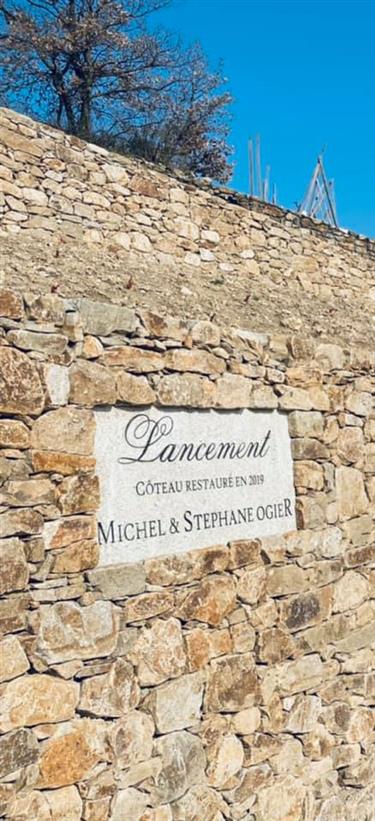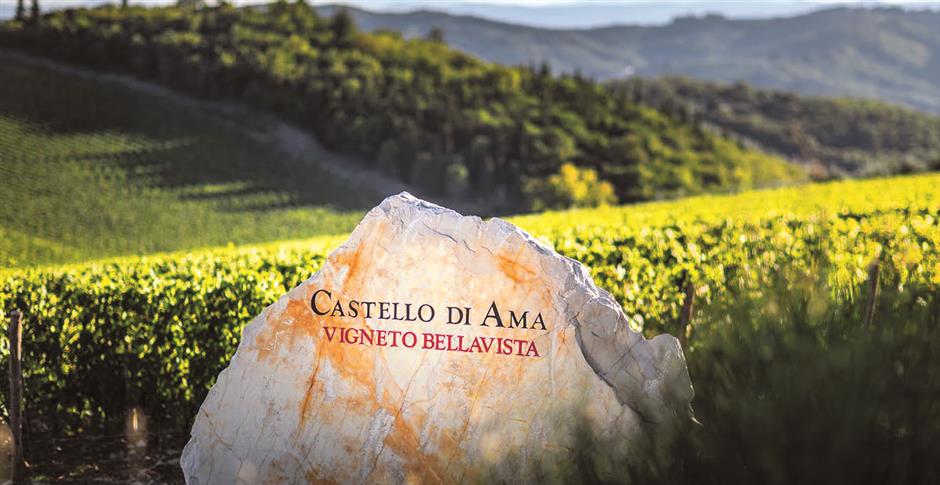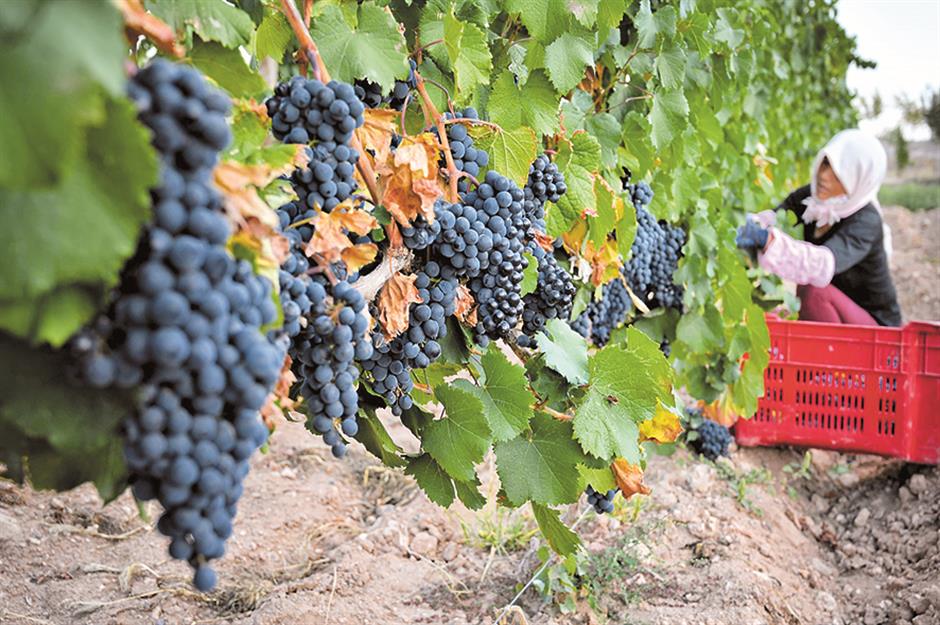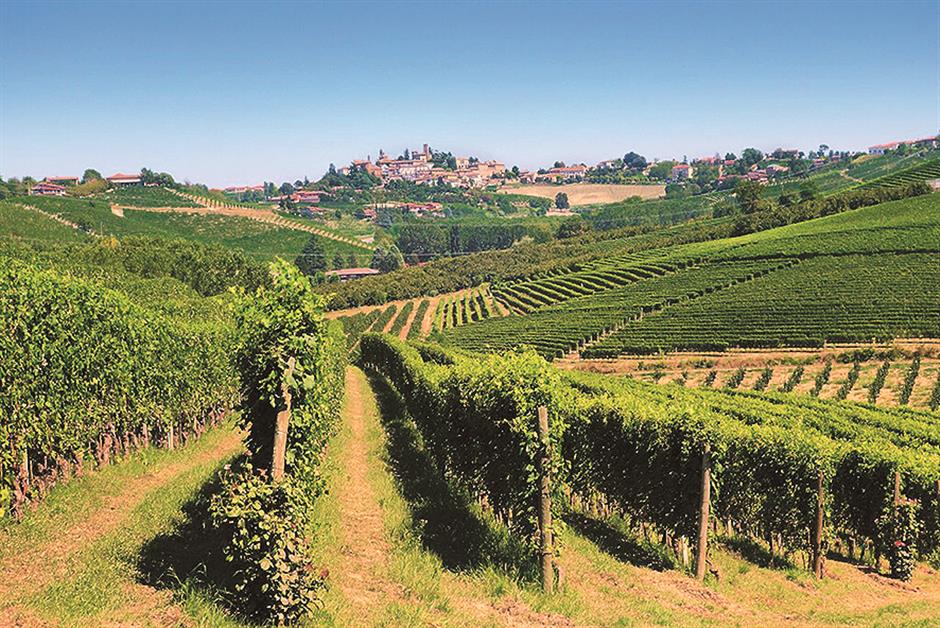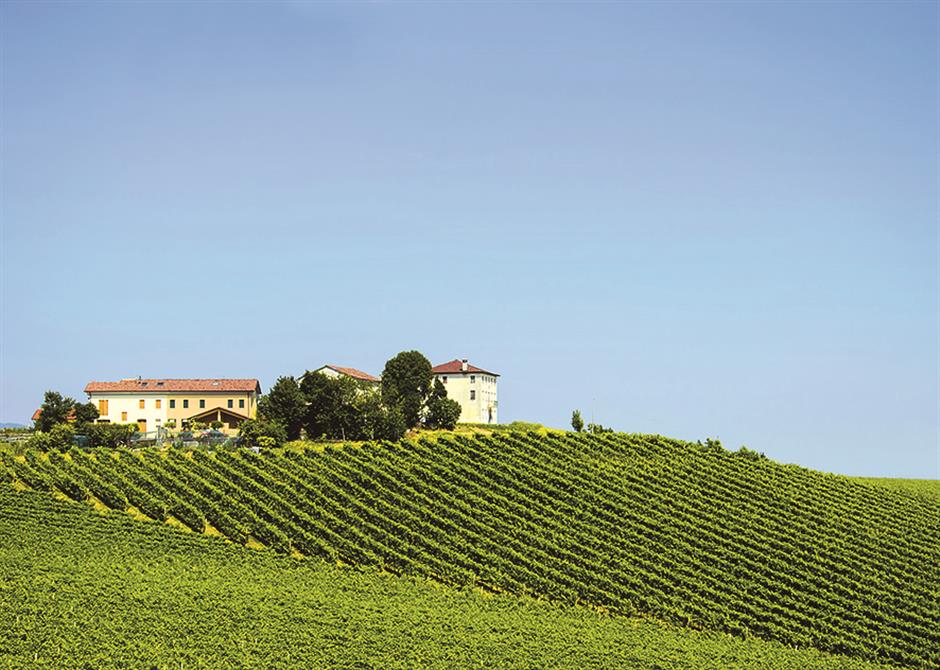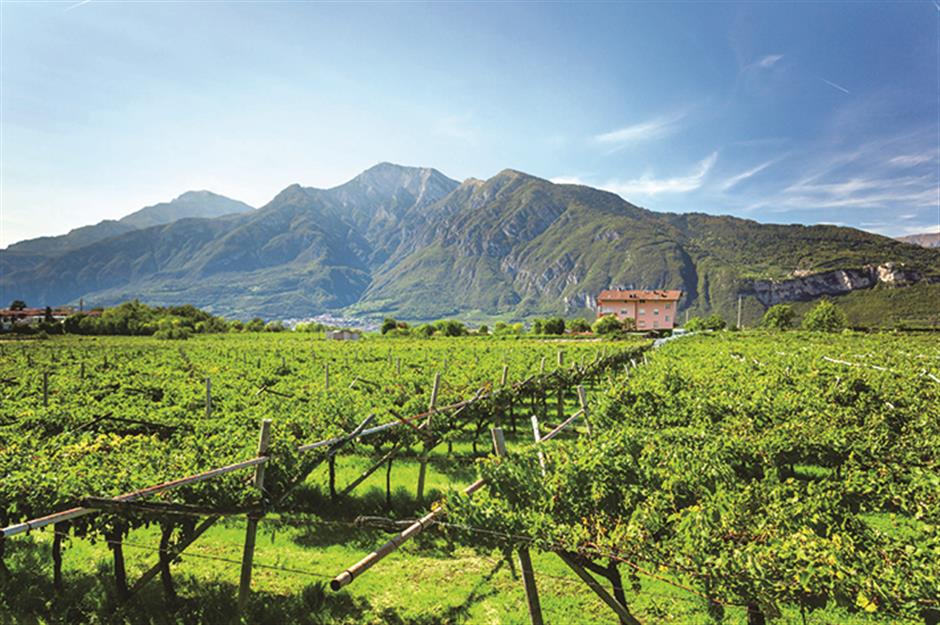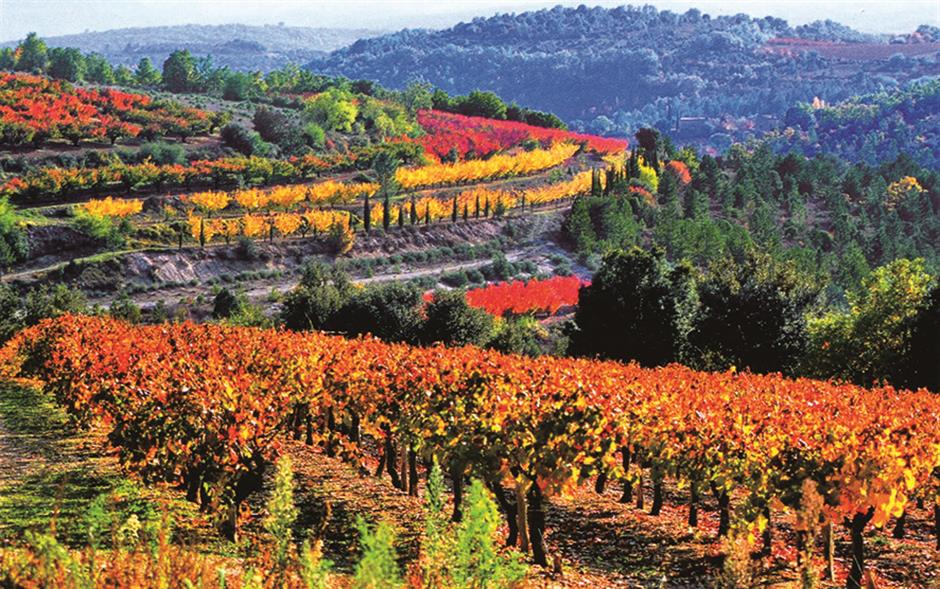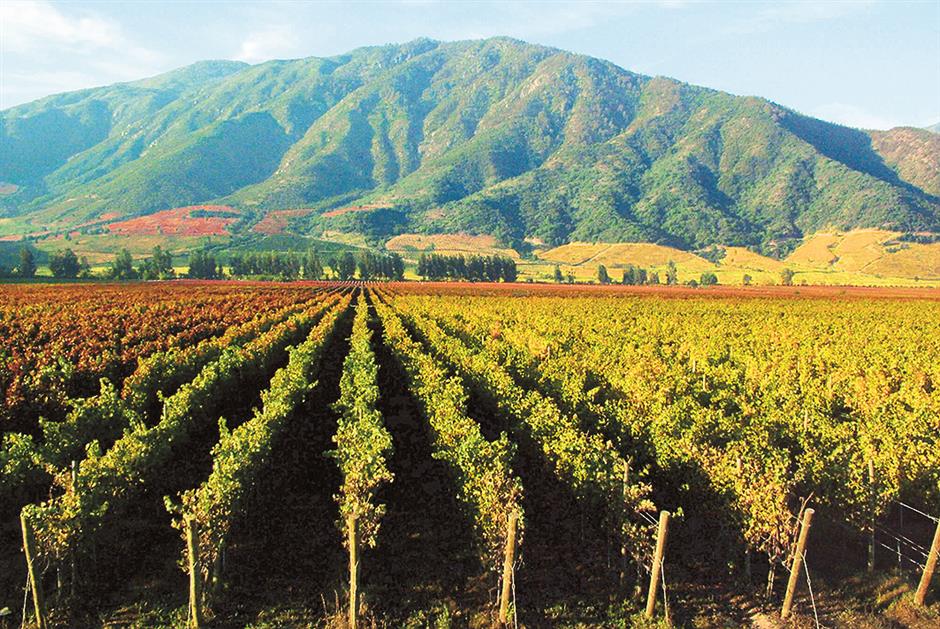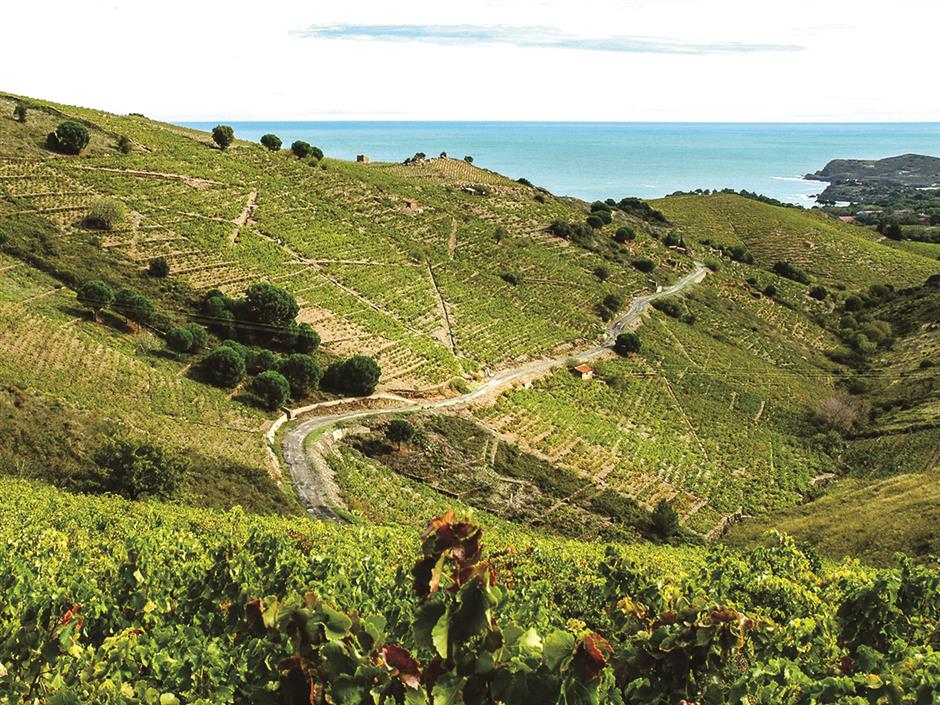This article discusses the importance of cooking oils in enhancing flavors and textures of food, and how oiliness can also pertain to wines. It explores the history and variety of oils used in cooking, as well as the grape varieties that produce wines with an oily texture. The focus is on Viognier, an ancient grape variety that originated in Dalmatia and is closely related to the Freisa grape in Italy. The article highlights the prestigious wines from the Rhone Valley, particularly from the small appellation of Condrieu. It explains the decline and subsequent revival of Viognier in the region, and describes the distinctive qualities of Condrieu wines. The article also provides information on where to buy Condrieu wines in Shanghai.
Category: Wine & Spirits
Unique Jiangxi expressions of China’s favorite alcoholic drink
The author, a professional travel and red wine writer, discusses his experience and knowledge of baijiu, a Chinese liquor. He mentions his work as a spirits judge for the Spirits Selection by Concours Mondial de Bruxelles (CMB) and his collaboration with fellow judge Derek Sandhaus, who wrote a book on baijiu. The author recently visited Nanchang and attended the National Day 8th Jar-Sealing Culture Festival by Lidu Liquor Industry, where he sampled traditional baijiu and spoke at the event. He also explores the history of baijiu production and its success in the Chinese market. The author suggests that baijiu producers need better marketing and communication strategies to gain international recognition and market share.
Falling for mysterious Italian autumn wines
This week, the writer explores the mysteries of the words winter, spring, summer, and autumn, the ancient Etruscan civilization, and the Sangiovese grape. The Etruscans were the first known cultivators of Sangiovese, which has been the most important grape in Tuscany for centuries. The most important Tuscan wine is Chianti, which is mostly made from Sangiovese grapes. The writer focuses on the top category of Chianti wines, Gran Selezione, which must be made from estate-grown grapes and aged for a minimum of 30 months. These wines have helped elevate the image of Chianti and are among the best in the world. The writer recommends the Castello di Ama Vigneto Bellavista and Barone Ricasoli Castello di Brolio Chianti Classico Gran Selezione wines.
Ningxia’s budding varietal terrain
The Helan Mountain East Foothills region in Ningxia, China is producing some of the country’s best wines, with Cabernet Sauvignon being the most planted variety. However, experts believe that other varieties such as Chardonnay, Malbec, Petit Verdot, and Italian grapes have potential in the region. While Cabernet Sauvignon will remain popular, the future of Ningxia wines lies in a growing diversity of noble varieties.
Unearthing Italian vino gems
This article discusses the diversity of Italian wines and highlights three lesser-known varieties from different regions of Italy. The first is Ruche, a dark-skinned red grape from Piedmont, known for its complex aromas and fine tannins. The second is Lacrima, a grape from the Marche region, which produces an energetic red wine with ripe fruit and floral aromas. The third is Nerello Mascalese, a grape from Sicily, which produces deeply colored wines with concentrated red fruit flavors. The article also provides information on where to buy these wines in Shanghai.
Steamed buns meet Prosecco
This article discusses the history and characteristics of Prosecco DOC wines, which are sparkling wines from the Veneto and Friuli-Venezia Giulia regions in northern Italy. The article explains that Prosecco DOC wines are made using the Charmat method, which is quicker and less costly than the traditional method used for Champagne. The primary grape used in Prosecco DOC wines is Glera, which produces wines with lively apple and yellow fruit flavors. The article recommends Villa Sandi as a top producer of Prosecco DOC wines and suggests trying their IL Fresco Treviso Prosecco DOC Brut. Other recommended producers include Tenuta S. Anna, Carpene Malvoti, Zonin, and Bisol. The article also mentions that Prosecco wines are popular and affordable in Shanghai, and provides information on where to buy them in the city.
Heavenly wines for tomatoes
The article discusses the history and migration of tomatoes in global cuisine, as well as the importance of acidity in pairing wines with tomatoes. It then focuses on the wine region of Alto Adige in Italy, known for its fragrant white wines with bracing acidity. The region has a rich history of winemaking and offers a variety of white varietals such as Pinot Grigio, Sauvignon Blanc, Gewurztraminer, and Riesling. The article recommends several top producers in Alto Adige whose wines are available in Shanghai, including St Michael-Eppan, Franz Haas, Alois Lageder, and Elena Walch.
Sarnies with elegant pink wines
This article discusses the history of lunch and the invention of the sandwich. It explains that lunch became a fixture in the modern world due to the industrial revolution and the widespread use of electricity. The article also credits John Montagu, the 4th Earl of Sandwich, with popularizing the sandwich, although the concept of putting food between bread dates back much earlier. The author then discusses the pairing of wines with sandwiches, highlighting classic sandwiches like the Reuben and the Club as deserving of wine accompaniment.
The second part of the article focuses on the wines of Provence, particularly rose wines. It explains that Provence is known for its rose wines, which account for nearly 90 percent of production. The article describes the climate and terroir of Provence, which contribute to the fresh and aromatic qualities of the wines. It recommends several rose wines from Provence, including Chateau La Tour de l’Eveque Petale de Rose, as well as other producers to look for. The article concludes by suggesting a tuna salad sandwich paired with a glass of Provence rose as a favorite lunch option.
A steak, wine, epicurean delight of Chinese New Year
In this article, the writer discusses the excellence of steak paired with red wines and how it has become a popular culinary experience. They reminisce about a memorable steak they had years ago and express disappointment in the quality of steaks available today. The writer traces the history of steakhouses and how they have evolved over time, particularly in terms of beverage choices. They emphasize the importance of fine wines in modern steakhouses. The writer then introduces Rapel Valley in Chile as a region known for producing ripe, full-bodied red wines, particularly Cabernet Sauvignon, Carmenere, Syrah, and Malbec. They highlight Lapostolle winery as a favorite producer in the region and recommend other producers such as Casa Amada, Alicanto, and Concha y Toro. The writer suggests looking for the 2014 and 2013 vintages from Rapel Valley.
Ever-evolving trends in cuisines and wines
The article discusses the evolution of cooking and the trend of using local ingredients in French and other progressive kitchens in Shanghai. It also highlights the potential of Languedoc, a wine region in the south of France, which is known for producing approachable and affordable red wines. The region has a rich history and has experienced a renaissance in recent decades, with new investment and passionate winemakers helping it reach its potential. Languedoc offers a wide variety of grapes and produces not only red wines but also crisp whites and rosés. Recommended producers include Skalli, Bernard Magrez, Laurent Miquel, and Chapoutier.


